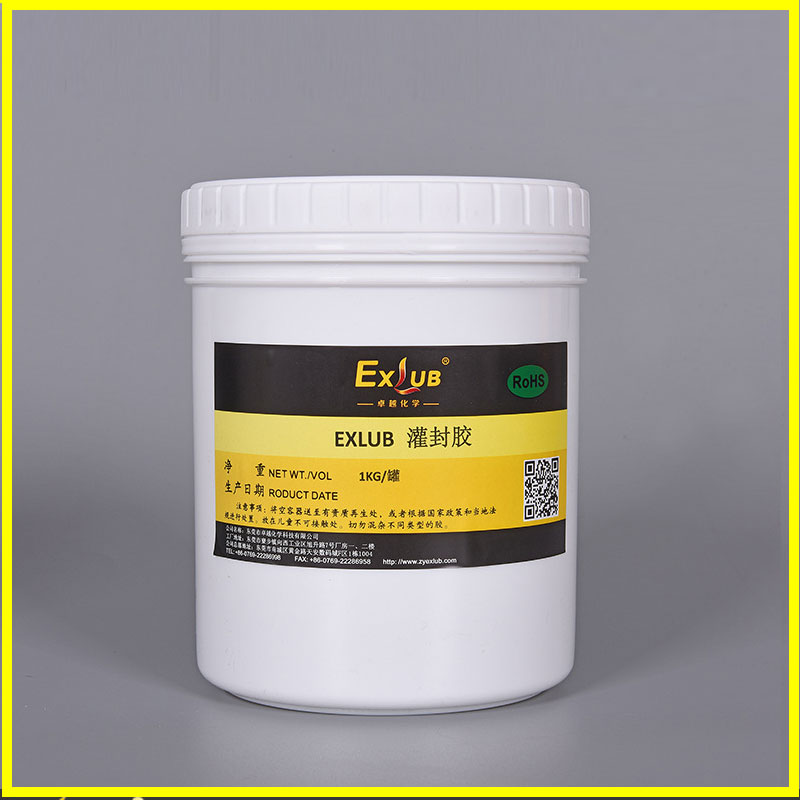


Adhesives, as indispensable materials in modern industry, have applications in a wide range of industries, including automotive, electronics, and construction. Understanding the bonding mechanism of adhesives is crucial to improving product quality and optimizing the use of results. In this article, we will analyze the six bonding mechanisms of adhesives to help you better understand the working principle of adhesives.

1. Surface adhesion
The surface adhesion between the adhesive and the substrate is one of the most basic bonding mechanisms. Surface adhesion is mainly dependent on intermolecular interaction forces, including van der Waals forces, hydrogen bonding and so on. The adhesive forms a strong bond through intermolecular attraction with the surface of the substrate.
2. Penetration
Penetration of adhesives refers to the penetration of the adhesive on the bonding surface to form a tighter bond. Especially in the porous or rough surface, the adhesive can penetrate into the tiny pores of the substrate to enhance the bond strength. Penetration is the key to enhancing the contact area and improving the adhesive strength.
3. Chemical reaction
Certain adhesives are cross-linked or cured with the substrate through a chemical reaction, forming a chemical bond. This process is common with epoxy resins, polyurethanes, and other types of adhesives. The chemical reaction enables a more solid bond to be formed between the adhesive and the substrate, with a long-lasting bonding effect.
4. Mechanical occlusion
Mechanical occlusion means that the adhesive realizes bonding by "occluding" with the shape and texture of the surface of the substrate. This mechanism is applicable to rough or irregular surfaces, and the adhesive fills the uneven parts of the surface to achieve a solid bonding effect.
5. Charge Adsorption
Charge adsorption usually applies to the interaction between a charged substrate and an adhesive. For example, in the molecular structure of some adhesives, contains polar groups, when these groups and the same charge with the substrate contact, can produce attraction, further strengthen the bonding effect.
6. Hot-melt effect
Hot-melt action refers to the thermoplastic adhesive by heating to become fluid, after cooling curing molding. In this process, the adhesion between the adhesive and the substrate is formed by the change of temperature, and it is widely used in the fields of packaging and assembly of electronic components.
Summarize
The six bonding mechanisms of adhesives complement each other and together determine the performance and application effect of adhesives. When choosing an adhesive, the most suitable adhesive product should be selected according to the specific bonding needs, combined with different bonding mechanisms. Understanding these mechanisms not only helps us to better apply adhesives, but also provides important theoretical support for product quality assurance.
Email to this supplier